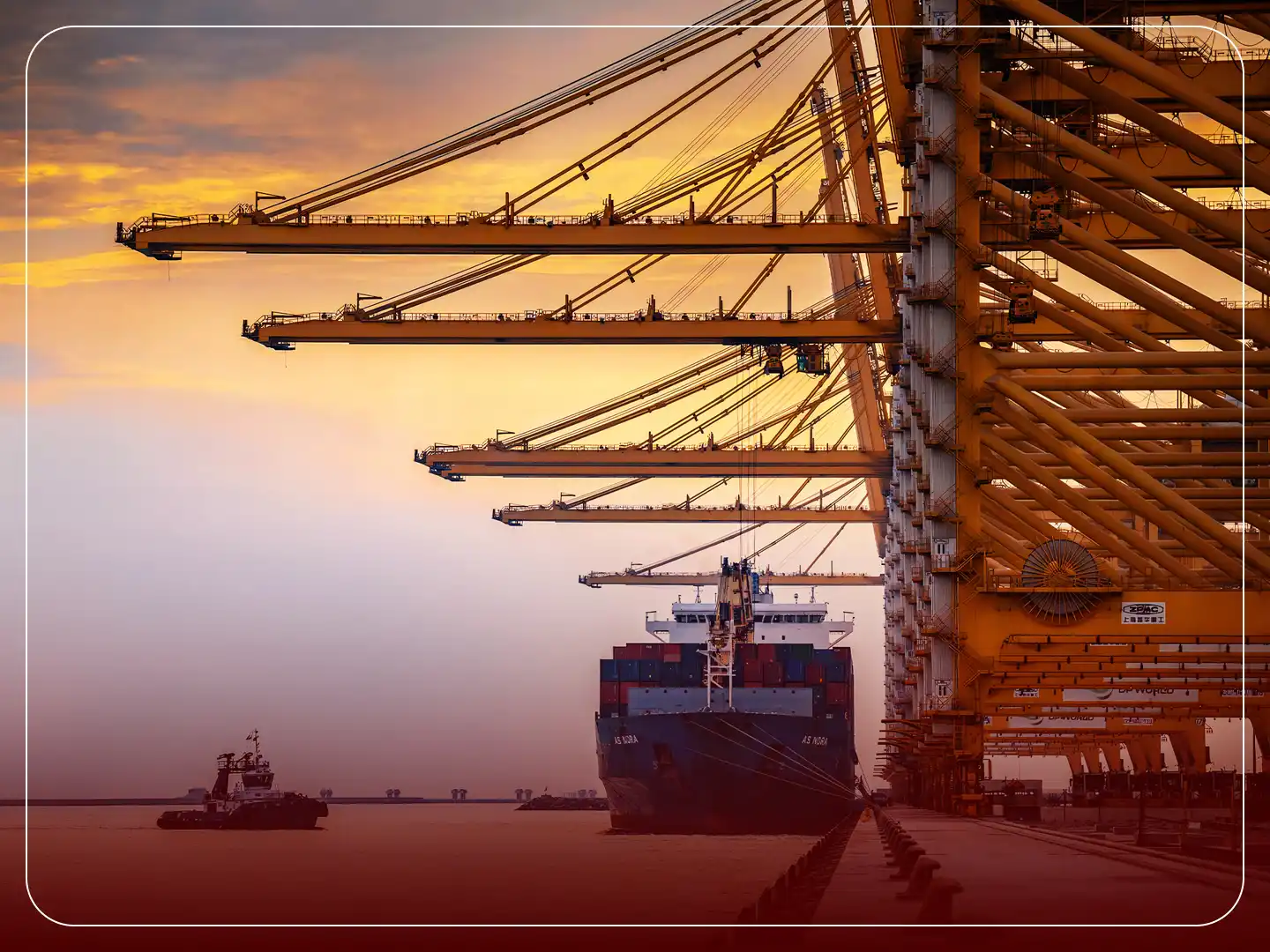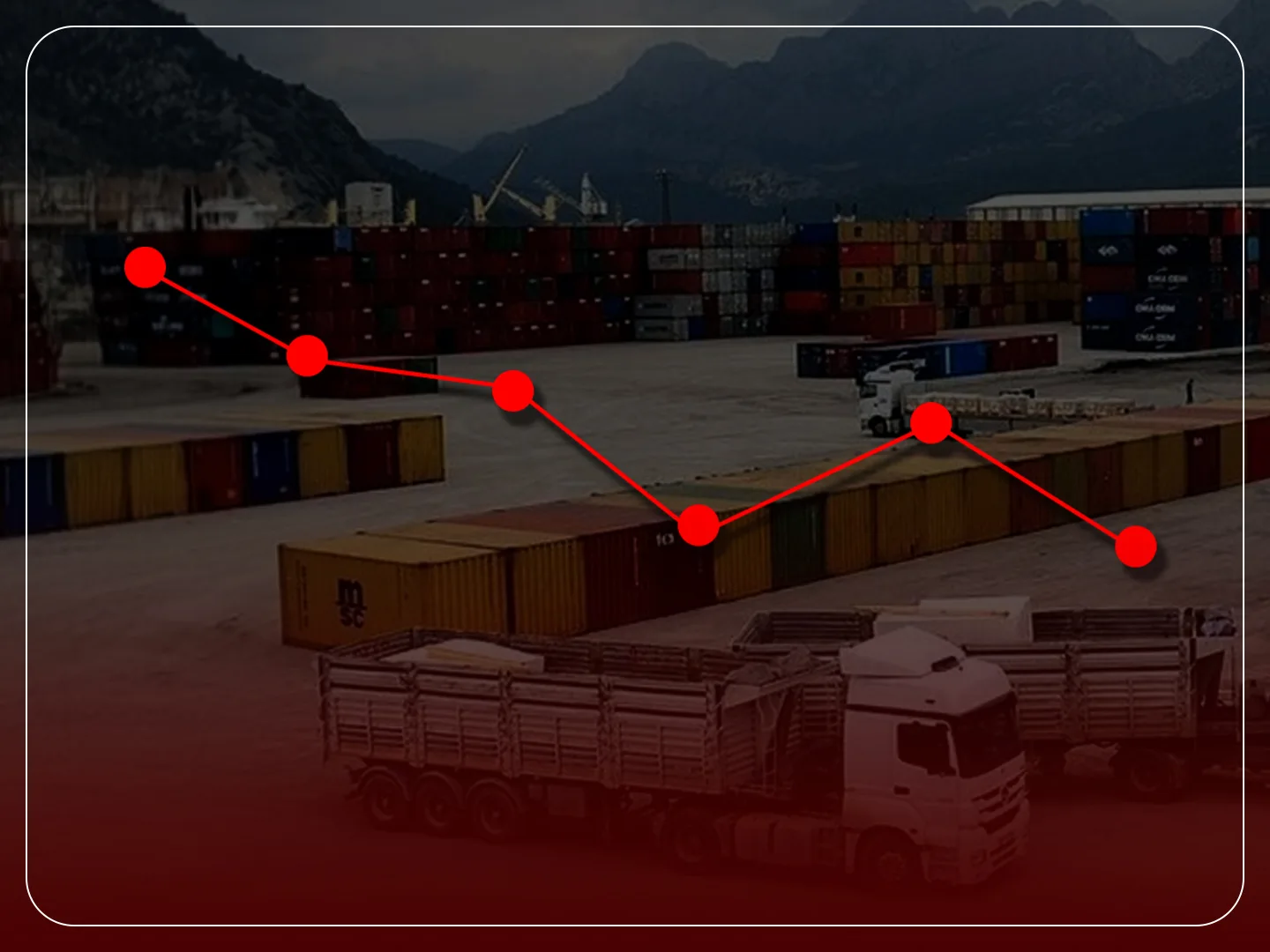AI & Data Analytics in Global Supply Chain Optimization
Combining artificial intelligence (AI) with high-end data analytics is finally transforming the world's supply chains. In current markets, businesses must ship faster, cheaper, and more consistently. AI-based technologies address these imperatives through the use of machine learning algorithms and predictive analytics to scrutinize massive pools of data gathered on plant floors, warehouses, and distribution networks. Smarter systems, as a case in point, are capable of forecasting demand more precisely and automatically managing stockkeeping to minimize waste and enhance services levels. Other AI tools allow active scheduling and dynamic routing, adjusting plans in real time due to traffic, weather, or other interruptions.This introduction explores how AI technologies—including predictive analytics in logistics and automation—optimize routes, reduce risks, and boost visibility across supply chains. We examine real-world examples and industry findings highlighting benefits, from AI-enhanced forecasting accuracy to efficient, data-driven logistics decisions. Notably, AI can identify hidden trends in data that humans might miss, enabling faster, smarter decision-making. We also highlight opportunities in emerging markets, such as how AI in supply chain optimization can benefit Iran’s trading and logistics sector. Overall, these advances help supply chains operate more proactively and resiliently, benefiting global traders everywhere.
How AI Transforms Supply Chain Efficiency
Supply chain optimization with AI increases efficiency step by step. Sophisticated algorithms and machine learning supply chain solutions automate planning, inventory, and logistics processes for significant gains. For instance, a study determined that integration of AI in operations reduces inventory levels by 20–30% as well as logistics costs by 5–20%. AI frontrunners also report similar outcomes: AI planning solutions resulted in 35% improved inventory performance as well as 65% improved service levels. Intelligent software also optimizes delivery routes as well as anticipates maintenance problems before they occur, eliminating delays. Autonomous robots as well as automated vehicles within warehouses improve throughput as well as accuracy. Integrating real-time data (traffic, weather, demand) as well as predictive warnings, AI moves managers beyond reactive firefighting to forward-thinking planning. AI-activated processes automate manual workflows, increasing efficiency throughout production, warehouses, as well as distribution.
Machine Learning and Automation in Supply Chains
Automation and machine learning algorithms based on AI are behind the gains in efficiency. In production and warehouses, automated guided vehicles and smart robots quicken order picking as well as material movement while increasing accuracy. Equipment data is analyzed through machine learning algorithms to determine wear and plan services before breakdowns. For instance, where sensors identify a fault on equipment, the company can plan the servicing before the breakdown takes place. In the same sense, robots on the production line base their current output on previous performance to reduce idling as well as energy consumption. These AI-based automations make the whole operation more efficient, enabling companies to process higher volume with the same workers.
Predictive Analytics for Demand Forecasting
Demand forecasting based on artificial intelligence uses predictive analytics for supply chains to make supply more optimally aligned with customer demand. Based on past sales, market trends, weather, even social media proxies, AI programs estimate future demand much more precisely than traditional ones. A report, for instance, recorded AI-based planning as reducing forecast error by 40% as well as lost-sales due to stockout by 65%. AI forecasts, as the other report indicated, were found to be 20–40% more accurate than traditional forecasting. Such improved accuracy enables companies to maintain smaller stock inventories without fear of running short.
Effective forecasts support slimmer inventories and enhanced service levels. Logistics groups make data-driven choices based on these insights to change production schedules and. redistribute stock among sites before demand shifts. In the long term, the AI models continue to learn as markets fluctuate, making their forecasts even more precise. Analysts project the payoff is huge: AI forecasting improves accuracy an average of 20–40% and significantly minimizes inventory costs. Predictive analytics takes data essentially and turns it into plans that businesses can act on, catching actual demand more often and reducing waste and excess stock.
Data-Driven Inventory and Forecasting Tools
Demand planners today receive advanced data-based logistics tools through AI platforms. Systems also automatically construct granular forecasts, and inventory policies become dynamic, adjusting in real time. AI, for example, may calculate the optimum safety stocks or send replenishment commands only as necessary. A case study found that a retailer that implemented an AI-based inventory system achieved 98% on-shelf availability, cutting carrying cost by 15%. Advanced platforms typically integrate point-of-sale and weather data, making plans dynamic as they continuously shift. Something changes—sales explode or a ship is late—the AI shifts forecasts, making suggestions. It prevents stockouts as well as excess stock. Supply chains become more agile: companies rapidly respond to shifts in demand through data-based decisions, delivering the correct product where it's needed.
Risk Management and Route Optimization with AI
There are many things that are uncertain about global supply chains, and AI can enhance supply chain disruption management by forecasting disruption and automating response. AI platforms track data like weather, finances, and geopolitical events to analyze future bottlenecks. If there is an indication that some important supplier is facing financial problems, planners are alerted so that other sources are procured or production plans are altered. Pre-emptive action reduces the likelihood that there will be delays, or even worse, shortages.
At the same time, AI supports smarter routing optimization. Logistics platforms' algorithms factor in real-time traffic, vehicle availability, and delivery time to determine best routes, saving travel distance and fuel consumption. As an example, a single retailer's AI routing eliminated 33 million unnecessary miles during a year, forestalling 94 million pounds of CO₂. Another carrier (DHL) says its AI-based route planner decreased aggregate driving distance by some 15%, decreasing emissions and expenses. On the whole, AI integration into risk management and routing makes supply chains more efficient and resilient. Firms are fast to reroute around accidents or natural disasters, as well as resolve supplier problems ahead of time. These data-based enhancements reduce operational risks and deliver product to customers on schedule.
Predictive Risk Monitoring
AI systems strengthen supply chain risk management by continuously monitoring data for red flags. They combine information about suppliers, shipments, weather, and geopolitics to predict disruptions ahead of time. As a case, AI might track a supplier's financial health and inform planners if the bankruptcy risk rises. It might also flag probable port shutdown or sudden demand shocks. Predictive monitoring, then, gives companies time to initiate back-up plans well in advance. AI might even do what-if analysis—the closure of a factory or port shutdown—and automatically run response plan checks. That gives the manager the option to rapidly shift shipments or switch vendors. In short, AI-based tracking generates early warning as well as specific guidance, making supply chains less vulnerable to surprises.
Case Studies of AI in Global Trade and Logistics
Real-world case studies show the impact of AI across logistics networks. For example, Amazon has applied AI-driven forecasting and robotics to reduce delivery times worldwide. Large retailers like Walmart and Target also report big gains: Walmart’s AI systems cut out-of-stock events by 16%, while Target’s AI inventory platform kept shelves 98% stocked with 15% lower carrying cost. In warehousing, AI-powered operations boost productivity and reduce errors: one analysis found AI-enabled fulfillment centers see 25–40% higher throughput and dramatically fewer mistakes. Logistics providers benefit too: DHL’s AI route optimization cut driving distance by about 15%.
These applications prove that supply chain optimization based on AI has the potential to minimize the cost and shipping time of international trade considerably. By automating the repetitive task, companies are capable of processing more data and achieving efficiencies that cannot be achieved through manual processes.
AI Opportunities in Iran’s Trading and Logistics Sector
Iran's strategic location as a vital transit point offers the potential to significantly improve the efficiency of its logistics. Digitalizing trade corridors (e.g. the international North–South international route) and encouraging electronic transit documents (eTIR, e-CMR) are part of the effort to accelerate border crossings. Iranian firms are making investments in high-tech equipment: most now employ IoT sensors on vehicles and AI-based software to allow dynamic routing and demand planning. Data-based systems minimize the use of fleets and reduce the number of backhauls, essential to Iran's multimodal networks. AI is also capable of routing shipments around port or border congestion. By adopting AI-based analytics in real-time, Iran's trade and logistics industry is capable of making the most of delays, as well as saving money, and consolidating its role as a hub.
Conclusion
Supply chain optimization combined with high-end data analytics is transforming international trade and logistics. By automating planning as well as decision-making, AI software allows firms to operate more slenderly—saving money, minimizing errors, and expediting shipment. Predictive analytics as well as machine-learning algorithms enhance the accuracy of forecasting, which reduces stock as well as prevents stockouts. Concurrently, AI-based risk management as well as intelligent routing enable more agile supply chains: companies are capable of predicting disruptions as well as fast routing around them.
In the future, the most successful logistics providers as well as traders will be those that adopt these innovations. AI-powered data-driven logistics will keep trade increasingly efficient by aligning global demand, inventory, as well as transport. Rising markets will benefit immensely: as an example, bringing AI to Iran's myriad transit networks would greatly minimize delays as well as expenditure. In conclusion, the growth of AI applications in supply chain optimization holds the potential for cheaper trade flows. Companies that leverage these instruments will have an edge globally. Ultimately, businesses need to begin developing these AI capabilities to be ahead of the competition. Long term, these investments will yield as constant learning optimizes performance further.
Sample improvements in supply chain metrics reported after AI implementation (improvements shown as percentages):
| Metric | Improvement |
| Operational efficiency | +22% |
| Logistics costs | –15% |
| Inventory levels | –35% |
| Service levels | +65% |
| Delivery trip time | –18% |
| Order fulfillment throughput | +25% |
| Perishable waste | –17% |
Projected growth of the global AI in supply chain market (USD billions):
| Year | Market Size (USD) |
| 2033 | 4.5 |
| 2023 | 157.6 |





